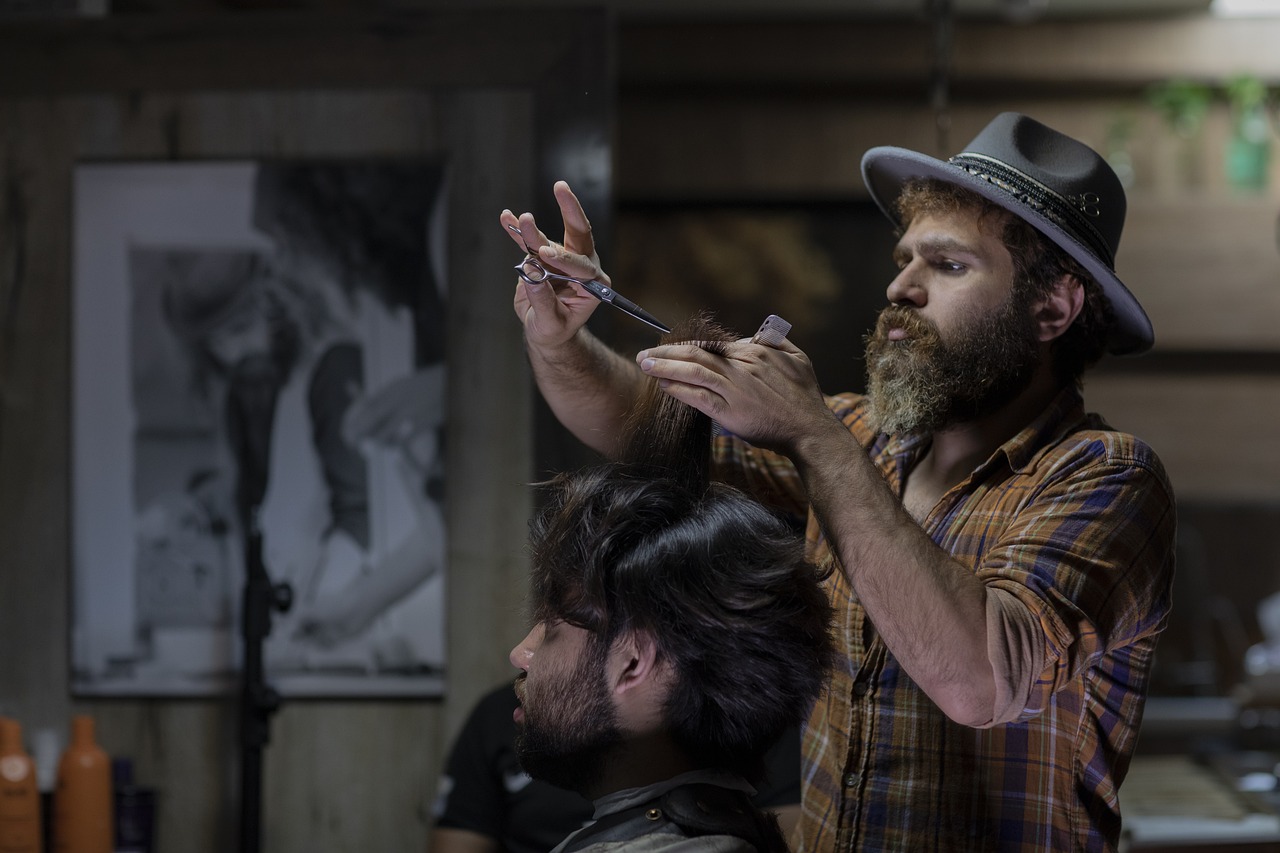
Pelvic pain is a common and often debilitating condition that affects many men. It can be caused by a variety of factors, including injury, inflammation, infection, or nerve damage. While pelvic pain can be difficult to manage, there are effective strategies that can help alleviate the discomfort and improve quality of life. In this article, we will explore some of the most effective strategies for male pelvic pain management, including medication, physical therapy, and lifestyle changes. By understanding these strategies, men can take control of their pelvic pain and find relief from this often challenging condition.
1. Introduction: Understanding Male Pelvic Pain and Its Impact on Quality of Life
Pelvic pain is a common and often debilitating condition that affects men of all ages. It can be caused by a variety of factors, including injury, infection, inflammation, and nerve damage. While pelvic pain can be difficult to diagnose and treat, it is important to seek medical attention if you experience persistent or severe symptoms.
The impact of male pelvic pain on quality of life can be significant, affecting physical, emotional, and social well-being. Some common effects of pelvic pain include difficulty with daily activities, decreased sexual function, and increased stress and anxiety. It is important to work with your healthcare provider to develop a comprehensive treatment plan that addresses both the physical and emotional aspects of pelvic pain.
2. : A Comprehensive Approach
Effective strategies for managing male pelvic pain require a comprehensive approach that addresses the underlying causes of the pain. Pelvic pain can be caused by a variety of factors, including muscle tension, nerve damage, inflammation, and structural issues. Therefore, a multifaceted approach that includes physical therapy, medication, and lifestyle modifications is often necessary.
One of the most effective strategies for managing male pelvic pain is physical therapy. Pelvic floor muscle tension is a common cause of pelvic pain in men, and physical therapy can help to relax these muscles and improve blood flow to the area. Physical therapists may use a variety of techniques, including manual therapy, biofeedback, and therapeutic exercise, to relieve pelvic pain. In addition, medication such as muscle relaxants or anti-inflammatory drugs may be prescribed to manage pain and inflammation. Lifestyle modifications such as stress management, dietary changes, and regular exercise can also be helpful in managing pelvic pain. By taking a comprehensive approach to pelvic pain management, men can find relief and improve their quality of life.
3. Lifestyle Modifications, Physical Therapy, and Medication: Key Components of Male Pelvic Pain Management
Male pelvic pain can be caused by a variety of factors such as inflammation, nerve damage, or muscle tension. It can also result from conditions like prostatitis, interstitial cystitis, or pelvic floor dysfunction. Whatever the cause, managing male pelvic pain requires a multidisciplinary approach that includes lifestyle modifications, physical therapy, and medication.
Lifestyle modifications: Making changes to your lifestyle can help alleviate male pelvic pain. These modifications include avoiding foods and drinks that irritate the bladder or prostate, reducing stress, and practicing relaxation techniques. You can also try bladder retraining, which involves gradually increasing the time between urinations to improve bladder function. Additionally, regular exercise can help improve blood flow to the pelvic region and reduce muscle tension.
Physical therapy: Male pelvic pain can be treated with physical therapy, which involves exercises that target the pelvic floor muscles. These exercises can help strengthen the muscles, improve blood flow, and reduce pain. Your physical therapist may also use techniques such as biofeedback, electrical stimulation, or massage to help alleviate your symptoms. It’s important to work with a qualified physical therapist who has experience treating male pelvic pain. In some cases, your doctor may also recommend other therapies such as acupuncture or chiropractic care.
Medication: Depending on the cause of your male pelvic pain, your doctor may prescribe medication to help manage your symptoms. This can include pain relievers, muscle relaxants, or antibiotics if you have an infection. In some cases, your doctor may also recommend alpha-blockers, which can help relax the muscles in the bladder and prostate. It’s important to follow your doctor’s instructions carefully and report any side effects or concerns you may have. In conclusion, male pelvic pain can be a debilitating condition that significantly impacts a person’s quality of life. However, with the right treatment plan, it is possible to manage and alleviate the symptoms. The effective strategies discussed in this article, including physical therapy, medication, and lifestyle changes, can help individuals with male pelvic pain achieve relief and improve their overall well-being. It is important to consult with a healthcare provider to determine the best course of action for your specific needs. With the right approach and support, it is possible to manage male pelvic pain and regain control of your life.








